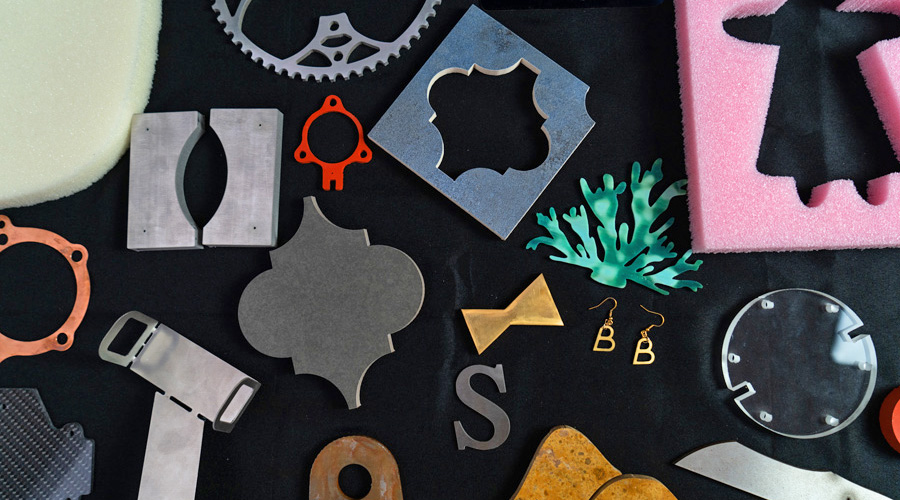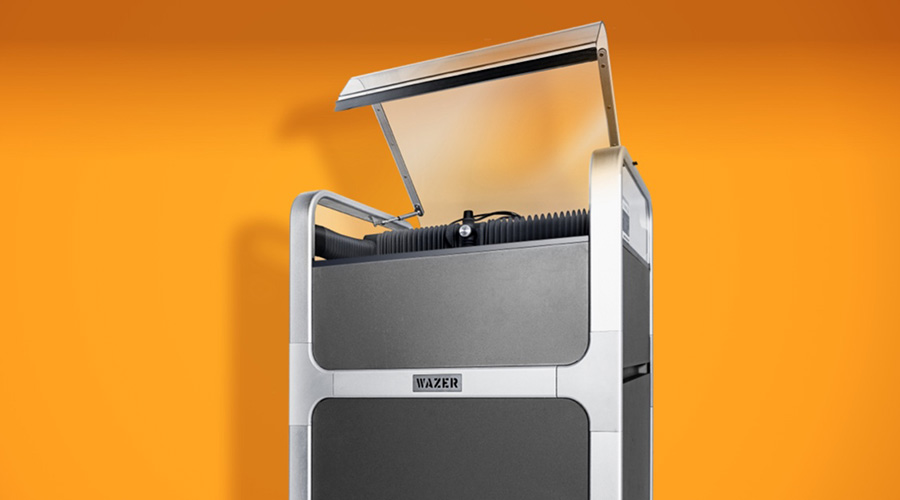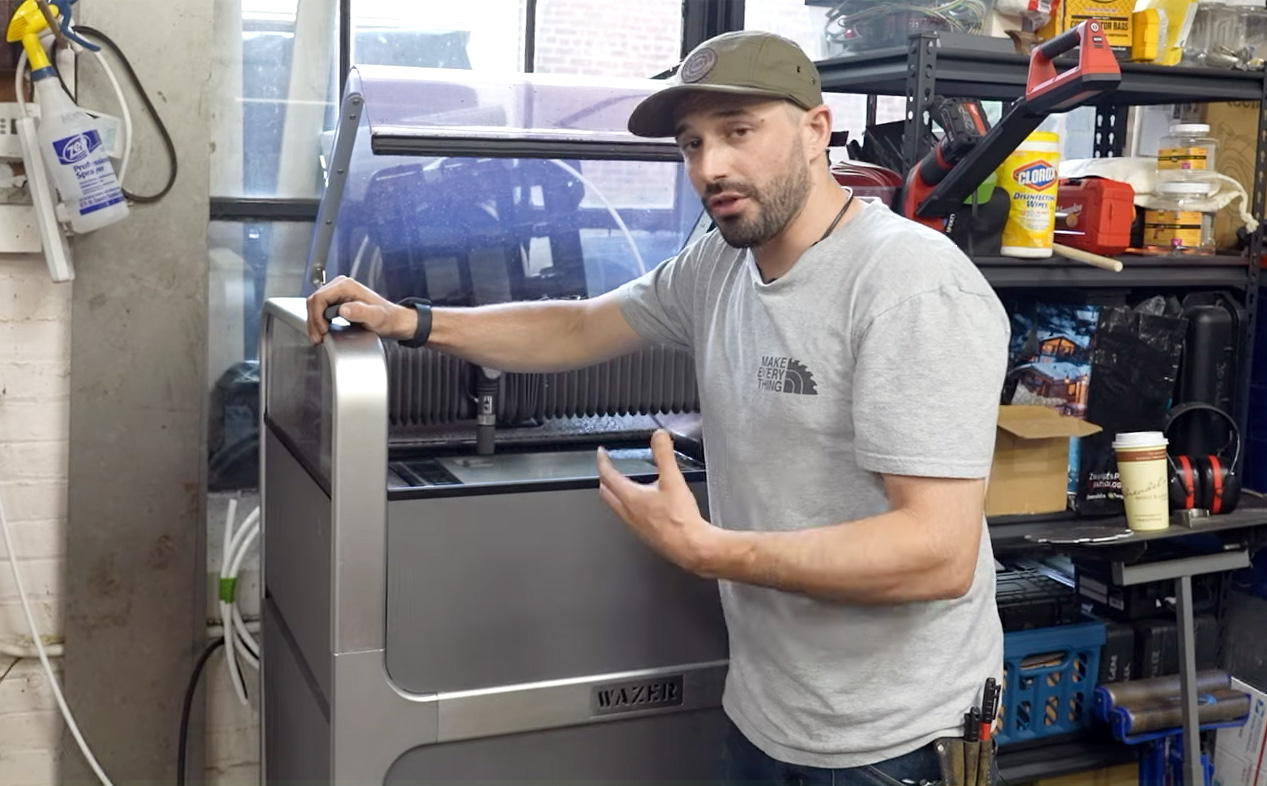Sheet metal tool and die making:
Origami Flat Folding Camp Grill
As an avid glamorous camper (glamper), I’m always on the lookout for cool new accessories to add to my kit. One thing I always found myself in need of was a portable grill capable of cooking enough to feed myself on the go while also being compact and lightweight enough to not be cumbersome. Naturally, the first place I looked for such a thing was the internet, but nothing I found quite fulfilled all my needs; almost all options for sale were much too bulky and unwieldy. I needed something that could cook a burger patty or boil a small kettle of water but everything available looked like something capable of cooking an entire family-sized meal!
Making a Custom Metal Press Tool
The only next logical step was to design a grill for myself from the ground up with all of my requirements in mind. Camping gear has to be lightweight, yet grills have to be able to handle extreme temperatures, so thin stainless steel sheet metal was the obvious choice. However, thin sheet metal in its natural state is much too flimsy to hold up to the abuse of multiple camping trips so a different solution had to be found. Rather than look into different materials, I decided to pursue my instinct of using stainless steel but instead use an unconventional method to give the thin metal strength: die pressing. Inspired by the 3D printing community’s success with 3D printing complex press tools, I decided to take this concept to the next level by creating a custom heavy duty metal press tool with WAZER. While the 3D printed tools could achieve a higher degree of detail and features, they were limited by the strength of the plastics they were printed from, and hence could only press extremely thin material. Cutting metal dies with WAZER had no strength limitations, but only simple, 2-dimensional shapes could be achieved.
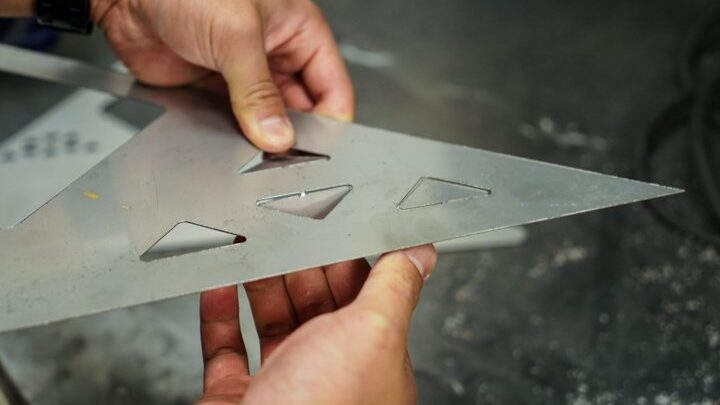
A Foldable Design
The overall design of the grill was inspired by an origami pattern, called the Kresling Pattern. The Kresling Pattern is a flat folding pattern that fit my needs perfectly, since flat foldability means ultimate portability. And since the material I was planning on using was so thin, the material would be able to fold up without a problem. The Kresling Pattern also unfolds into a very sturdy bipyramidal hourglass shape which is great for sturdiness and stability and lends itself well to being a grill, so it was the perfect choice for my glamping needs. Small holes were added near the bottom of the grill tray to allow for oxygen to flow through and up the grill to keep the flames well fed. Piano hinges were used as the “folds” in the origami design due to their large range of motion and low profile.
Converting Flat Sheet Metal Into a 3-Dimensional Structure

Although waterjet cutting is typically limited to two dimensions, the creations that are possible are only limited by your imagination. There are countless ways to create three dimensional objects with WAZER, but die pressing was the most practical way to achieve my goal of strengthening the thin metal sheets. Die pressing is generally an industrial process involving heavy machinery that shapes metal by pressing stock between a male and female form under immense pressures, so using this production method for a custom-build was going to be difficult but completely possible with WAZER. In order to die press metal, a press tool is needed.
The press tool needed to be able to withstand huge loads without deforming yet be delicate enough not to destroy the material being pressed. I used WAZER to cut a press tool out of ¼ inch steel and aluminum and achieved a factory-like end result.
Cutting and Die Pressing the Sheet Metal
Cutting the panels of the grill did not take much time: 3 hours to cut all 8 panels. The panels were designed to have strategically placed triangular cutouts that would also serve as die pressing guide holes while also reducing the weight of the grill.
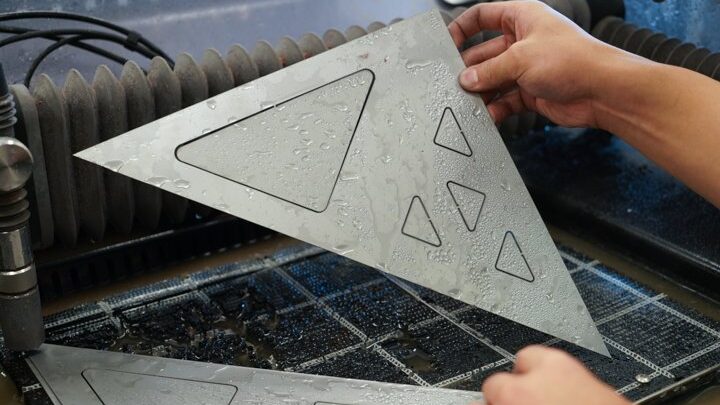
These triangular cut outs were integrated into the pyramidal shape of the grill and fit the geometric theme of the design. Once pressed, the previously flimsy panels became very stiff which mitigated my concerns about the durability of the grill.
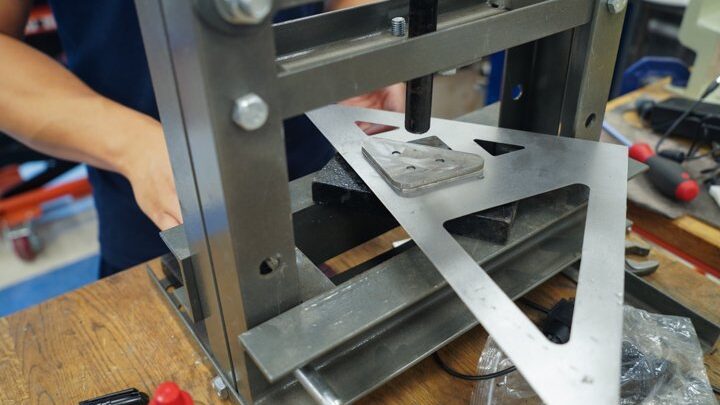
However, the pressed out triangles now had dimensionality to them which would interfere with the flat foldability of the design. To compensate for this, more cut outs were placed and the panels were pressed in strategic directions in order for each of the pressed cut outs to nest into another panel, keeping everything flat once folded.
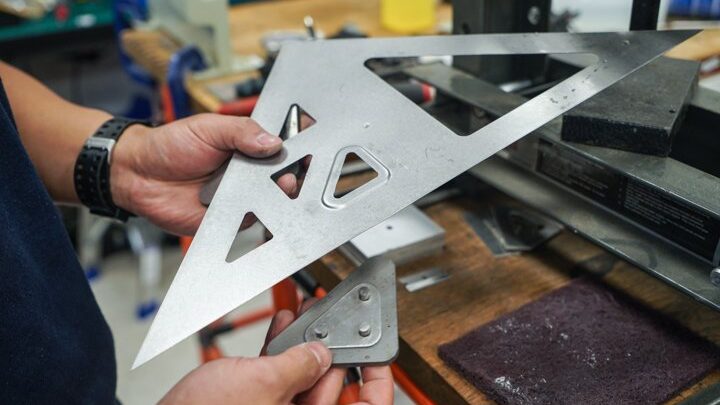
What Makes a Good Pressing Tool?
The press tool consisted of two ¼ inch thick steel backing plates, a 1 mm thick aluminum form, and 3 steel guide dowel pins. The thick steel backing plates were cut from a very tough material and thick stock to resist bending and deformation during the immense pressures of pressing. The thickness of the material also ensured that the embedded dowel rods remained at a 90 degree angle to the backing plate rather than bending during pressing. The thin aluminum was used as the pressing surface because a 1 mm depth of press was enough to achieve the desired strength and aluminum is soft enough to press the stainless steel panels without marring the surface or completely punching through the panels.
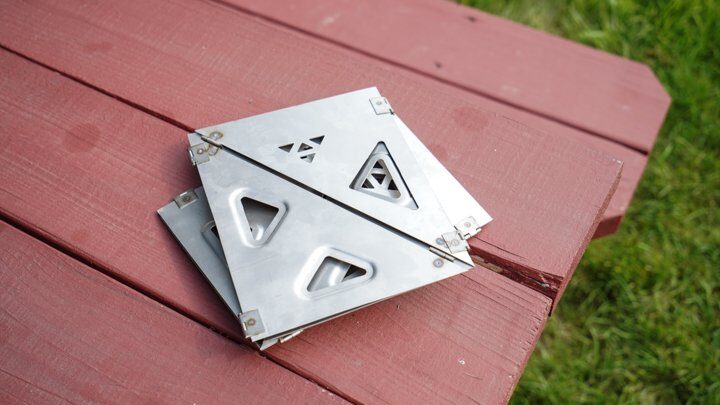
The steel dowel pins were used for guide rods, because they would keep the two halves of the press tool in line with each other during pressing. In industrial pressing, the guide rods are generally positioned outside the area of the stock being pressed, but cutting a press tool large enough to encompass a grill panel would be impractical and uneconomical, so the guide rods were moved inboard and also used to line up the press tool within the cutouts. The three guide rods each lined up with a corner of the triangular cutout in the grill panel, ensuring the press tool was centered relative to the cutouts each time. The end result looked like it was achieved in a factory; the pressing was perfect! There was no marring, no odd stretching and the depth of press was consistent around the whole shape.
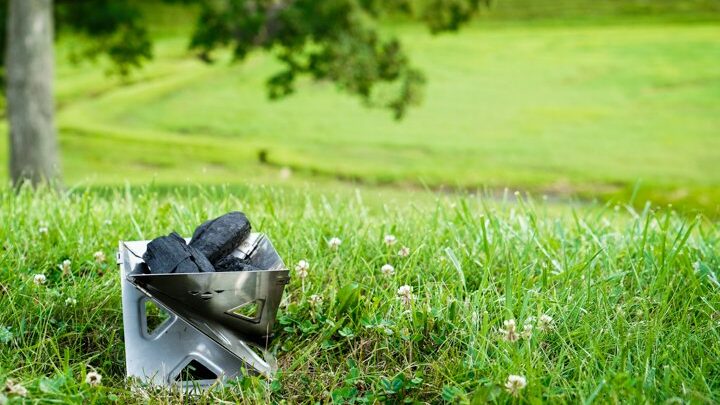
The final product came out as a lightweight and easily portable yet durable small grill that fulfills all my glamping needs! It has become deeply integrated into my camping arsenal and I find it difficult to live without it now!


